Membrane material improves power generation from hydrogen gas — and catalyses the gas’s production from water.
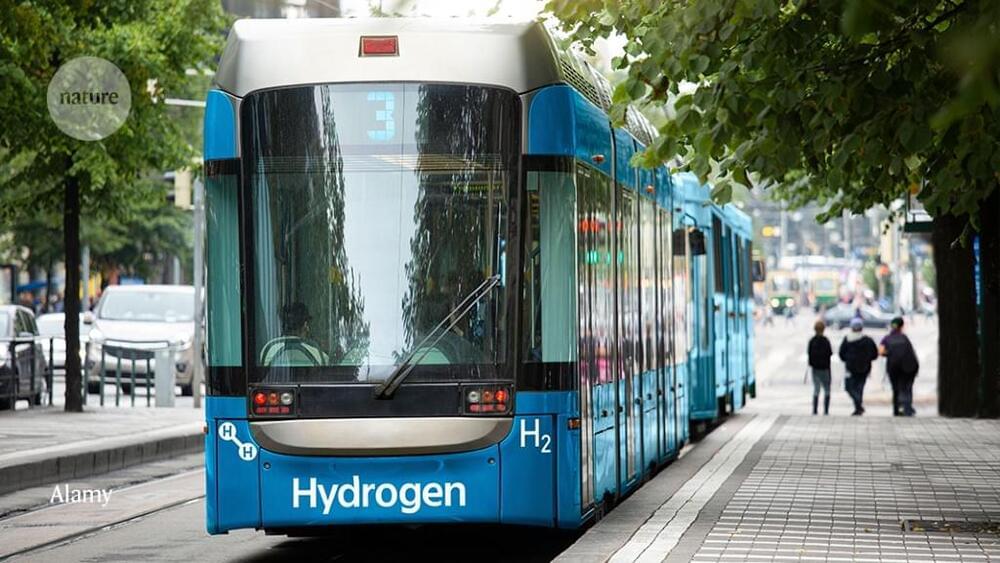


Disavowal, though, is not only about waste. The disavowal of dark truths is arguably a theme of modernity itself. Modern practices around death are revealing in this regard: In many traditional societies, a corpse is kept in the family space until its burial; in most modern societies, the dead body is carted off immediately. Embalming is common to halt (and hide) the process of decay. It is precisely this approach that Lee’s mushroom burial suit is critiquing.
From a fungal vantage point, this system is indeed psychotic. Mycoremediation may not be the systemic intervention that was hoped for, but as an expression of one’s personal concern for our toxified landscape, it is far from insignificant. Rather, it is a tangible way for people without much institutional power to engage in the ongoing fight against environmental damage, to try to contain the disasters seeping around us. As a domestic intervention, mycoremediation is modest but culturally meaningful — a method of repair and reconnection.
The power of fungi comes from the proximity they have with dark truths: the abject, the mess we need to face, mortality, vitality, kinship. In other contexts, this proximity elicits wariness, but in our current crisis, it holds the possibility of a healing power — a pharmacological power. Fungi can take on the mess and the junk, break it down and transform and incorporate it rather than ignore it.
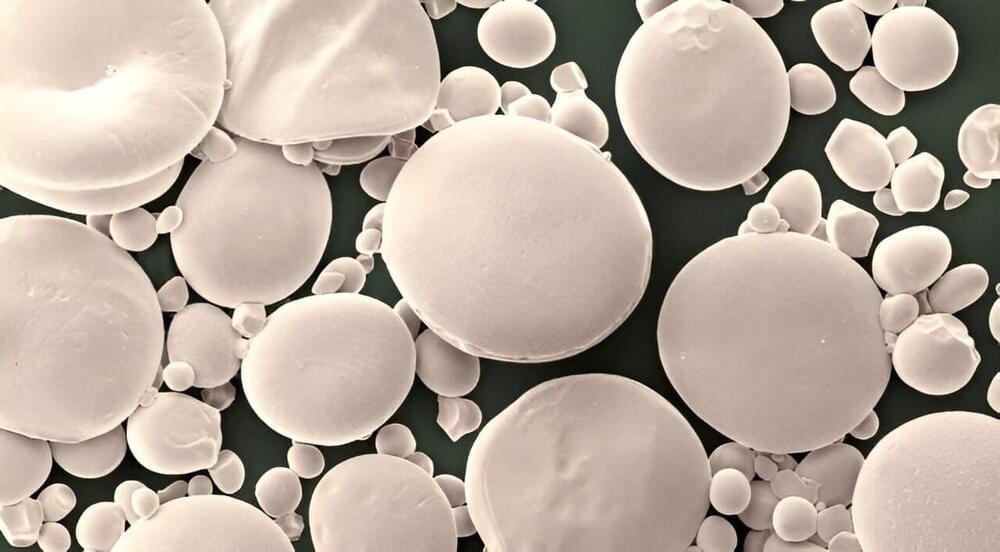
Research has brought clarity to the longstanding question of how starch granules form in the seeds of Triticeae crops—wheat, barley, and rye—unlocking diverse potential benefits for numerous industries and for human health.
Starch in wheat, maize, rice and potatoes is a vital energy-giving part of our diet and a key ingredient in many industrial applications from brewing and baking to the production of paper, glue, textiles, and construction materials.
Starch granules of different crops vary greatly in size and shape. Wheat starch (and those of other Triticeae) uniquely have two distinct types of granules: large A-type granules and smaller B-type granules.
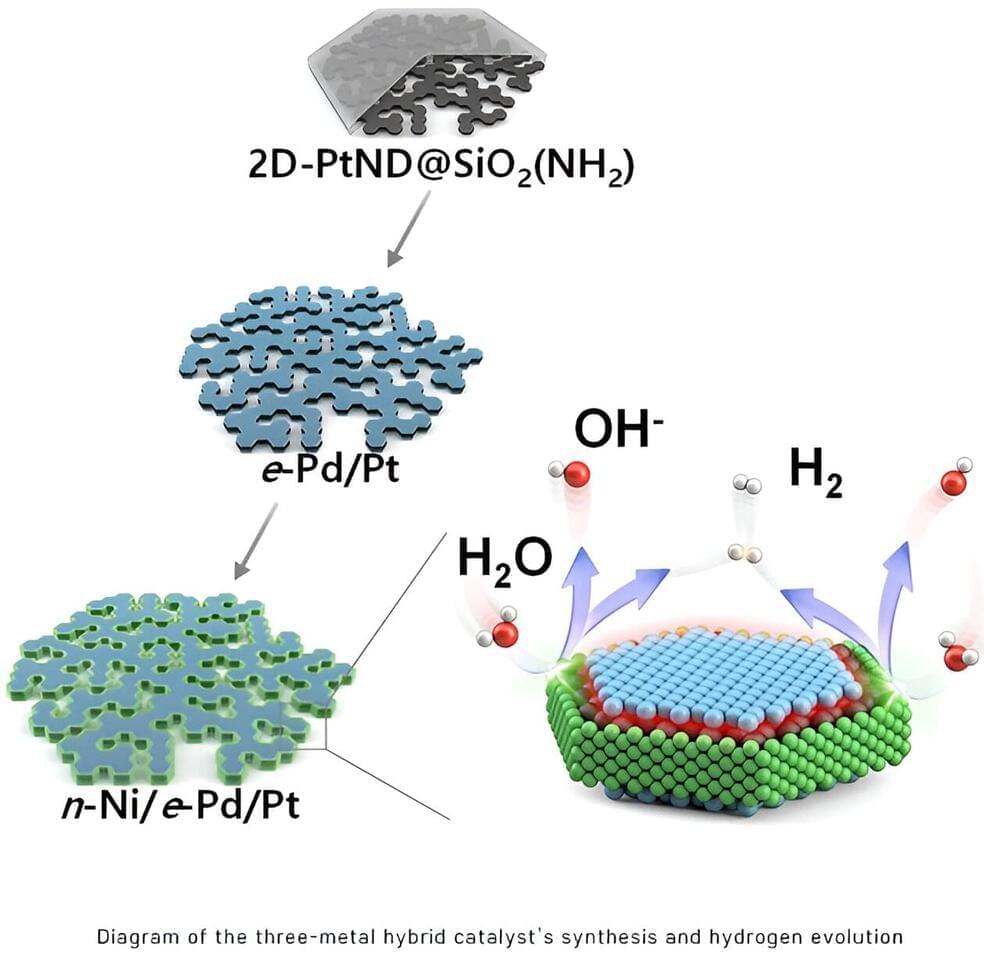
In order to enhance the accessibility of hydrogen-powered vehicles and establish hydrogen as a viable energy source, it’s imperative to reduce the cost of hydrogen production, thereby achieving economic feasibility. To achieve this goal, maximizing the efficiency of electrolysis-hydrogen evolution, the process responsible for producing hydrogen from water, is crucial.
Recently, a team of researchers comprising Professor In Su Lee, Research Professor Soumen Dutta, and Byeong Su Gu from the Department of Chemistry at Pohang University of Science and Technology (POSTECH) achieved a significant improvement in production efficiency of hydrogen, a green energy source, through the development of a platinum nanocatalyst. They accomplished this feat by depositing two different metals in a stepwise manner.
The findings of their research were published in Angewandte Chemie.

A recent press release from the Public Utility Commission of Texas (PUCT) has revealed that Tesla will be providing Virtual Power Plant (VPP) services to the state’s grid. The program is part of the Aggregate Distributed Energy Resource (ADER) project that the PUCT pushed last year.
With the VPP in place, Texas could now evaluate how consumer-owned small energy devices, such as home battery units, can be virtually aggregated to provide grid-scale services. Similar programs have been launched by Tesla in California and Australia, to much success.
As per the PUCT’s press release, the two ADERs that are launching the initiative involve Tesla Electric customers who have Powerwall batteries in their homes. The participants of the program have agreed to sell their surplus power in the ERCOT market, and will be compensated for doing so. One ADER is comprised of Houston-area CenterPoint Energy customers, while the other is comprised of Dallas-area customers served by Oncor Electric Delivery Company.
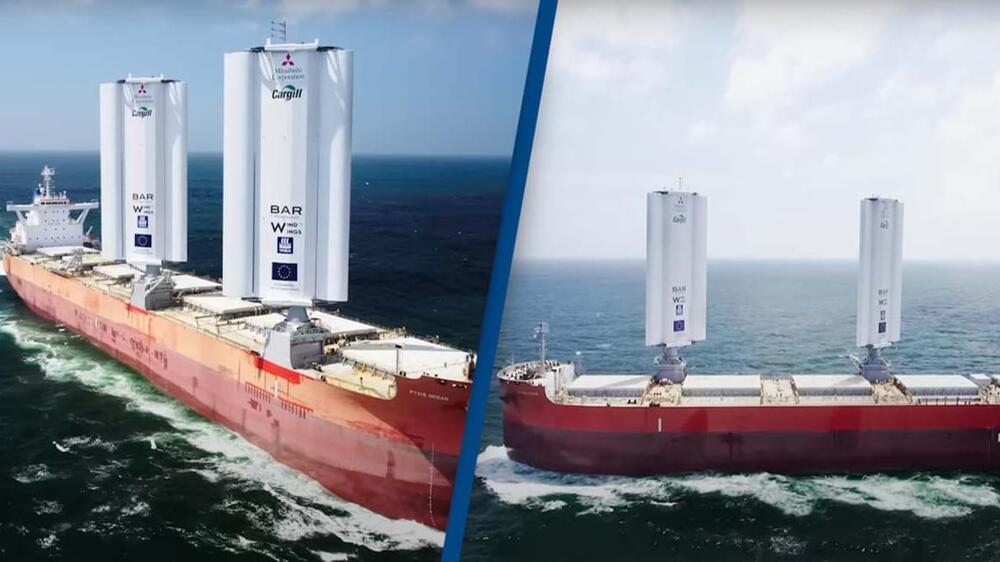
The world’s first wind-powered cargo ship has set off on her maiden voyage, using her giant metal ‘wings’ to fly through the ocean.
The WindWings have been fitted onto Mitsubishi-owned Pyxis Ocean — chartered by Cargill — and was designed by a team of British Olympic sailors.
It’s been built by Yara Marine Tech, and the WindWings are expected to save up to 30 percent of shipping fuel on average.

Researchers use a mix of less expensive, safer, and sustainably available components to create long-lasting bi-functional air electrodes.
We have all heard the line; the future is electric. But are we fully equipped to handle a full-scale transition to all-electric power? One thing standing in the way is the lack of cleaner and more affordable battery technologies to store energy.
Compared to commonly used Lithium-ion cells facing challenges related to cost, finite resources, and safety concerns, rechargeable zinc-air batteries (ZABs) are pitched as cost-effective energy storage devices and display high-energy density, especially for application in EVs.
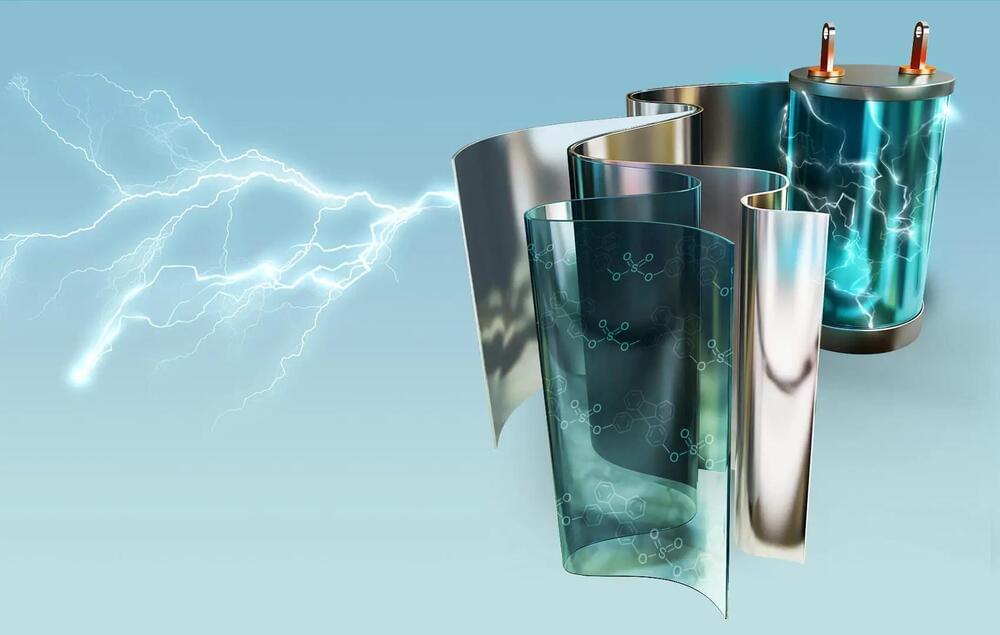
Flexible polymers made with a new generation of the Nobel-winning “click chemistry” reaction find use in capacitors and other applications.
Society’s increasing demand for high-voltage electrical technologies – including pulsed power systems, cars, electrified aircraft, and renewable energy applications – requires a new generation of capacitors that store and deliver large amounts of energy under intense thermal and electrical conditions.
A new polymer-based device that efficiently handles record amounts of energy while withstanding extreme temperatures and electric fields has now been developed by researchers at the Department of Energy’s Lawrence Berkeley National Laboratory (Berkeley Lab) and Scripps Research. The device is composed of materials synthesized via a next-generation version of the chemical reaction for which three scientists won the 2022 Nobel Prize in Chemistry.
New, ground-breaking wind technology for the maritime industry has the potential to decarbonise large cargo vessels, which are currently responsible for about 2% of global emissions.
Pyxis Ocean retrofitted with WindWings setting sail for its maiden voyage, August 2023. Credit: Cargill.
Pyxis Ocean, a bulk carrier measuring 229 m (751 ft) in length, with gross tonnage of over 43,000 MTs, has begun its maiden voyage from China to Brazil. This is no ordinary cargo vessel, however, as it comes fitted with new “WindWings” designed to reduce reliance on fossil fuels.

Superconductivity promises to transform everything from power grids to personal electronics. Yet getting the low-waste form of power to operate at ambient temperatures and pressures is proving to be easier said than done.
A discovery by a team of researchers from Emory University and Stanford University in the US could inform theories that might help us get around the stumbling blocks.
The finding involves what’s known as oscillating superconductivity. Typical superconductor behaviors involve electron partnerships called Cooper pairs moving through materials without losing significant amounts of energy in the form of heat.